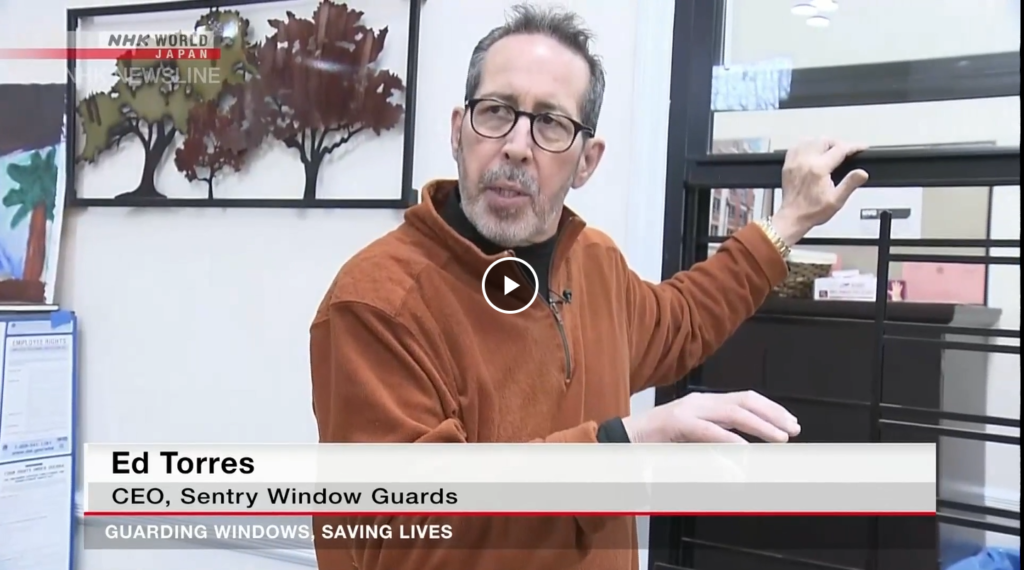While protecting your home is a priority for New Yorkers, some still need an automobile to get around the city that never sleeps and others own one for weekend adventures. It’s important to prepare your auto for the harsh conditions it may face when winter arrives. Sentry Window Guards hopes that you’ll consider these tips when driving this winter either at home or on a winter vacation!
Get Your Car Serviced
The quickest way to ruin a trip out to the burbs is to break down when it’s cold and snowy. Try to avoid a potential breakdown by taking your vehicle to the mechanic and have any routine maintenance or tune-ups performed. While there, ask the mechanic to look for the following potential problems:
- Worn hoses, parts, leaks or anything that looks like it needs to be replaced.
- Have your battery checked to verify that it still has sufficient voltage and test the tightness of the cable connections. It takes more power for your battery to work efficiently in the winter. For hybrid and electric vehicles, your driving range is reduced in winter but work more efficiently once warmed up.
- Ask your mechanic to look over your cooling system.
What You Can Do
- To support the gasoline system in an electric vehicle, always keep it filled with fresh gas.
- Fill your windshield washer reservoir with a “no-freeze” fluid.
- Check your windshield wiper blades for wear and tear, replace them if necessary.
- Check your cars heating system and defrosting system.
- Take a good look at your tires, check them for wear. Tires should have at least 1/16 of an inch of tread on them. Also, check their inflation, when the temperature drops the air pressure in your tires drops. Put snow tires on your vehicle prior to the first storm if you plan to use them
- Practice winter weather driving off of a main road. It’s common to forget how to drive in ice and snow between seasons.
Be Prepared
While you can’t think of every possible scenario, follow these guidelines and keep your car stocked in the event you get stranded.
- Carry a small snow shovel, ice scraper, and whisk broom.
- Sand or kitty litter in case you get stuck in the snow.
- Flashlight, flares, jumper cables.
- Spare blankets, hats, and gloves
- Food and water if you’re going on a longer trip.
- Fluorescent tape
If You Become Stranded
- Don’t panic.
- Stay with your car, keeping your seatbelt and dome light on.
- Place strips of your fluorescent tape on your outside antenna.
- Don’t keep your car running, you risk asphyxia or carbon monoxide poisoning.
- Periodically, remove the snow from your tailpipe and only run the car sparingly.
These tips should help keep your automobile in top shape and you safe this winter, and when you need to think about safety for your New York home, consider Sentry Window Guards to keep your family safe and secure.
Sources









